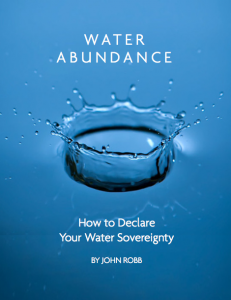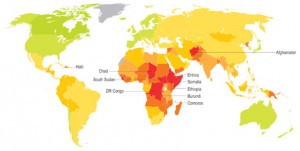
Mississippi River may hit record low, halt traffic in December
Michael Winter
USA TODAY,
Obama is urged to declare emergency so Army Corps can take steps to keep 200-mile stretch open.
8:27PM EST November 28. 2012 – A key stretch of the drought-ravaged Mississippi River may fall to a record low by mid-December, halting barge traffic and disrupting billions in commerce on the nation's busiest inland waterway.
President Obama on Tuesday was urged to declare an emergency so the U.S. Army Corps of Engineers can take steps to boost the river's flow and deepen the channel along the 200-mile segment between St. Louis and Cairo, Ill.
Sen. Dick Durbin, D-Ill., plans to meet Thursday with the Pentagon official who oversees the corps to ask that it quickly dynamite exposed rock pinnacles and increase Missouri River reservoir flows to keep the river open, the St. Louis Beacon reported Wednesday.
The corps annually reduces Missouri River releases — mandated by Congress — to conserve water for spring and recreation. The last time it dynamited Mississippi rock obstructions was during the drought of 1988-89, a spokesman told The Wall Street Journal. The current drought is forecast to extend into next year.
Phi Beta Iota: We have not done the math, but we are beginning to see some convergence among various challenges (mostly not enough fresh water) and various solutions (mostly solar and wind power, but decentralizes). We connect dots. So connect the above dot with the below dot. Anyone who has the math, please share it. We strongly suspect that if a viable solution can be found for desalinating ocean water to stop the drught shallows now and fill the aquifers later, that those who stand to lose close to $4 billion a month from use of this public waterway just might find a way to earmark $100 million and up for a novel persistent solutioin.
See Also:
SchwartzReport: Growing Food in Desert with Solarized Seawater — AND Stabilizes Sea Level









